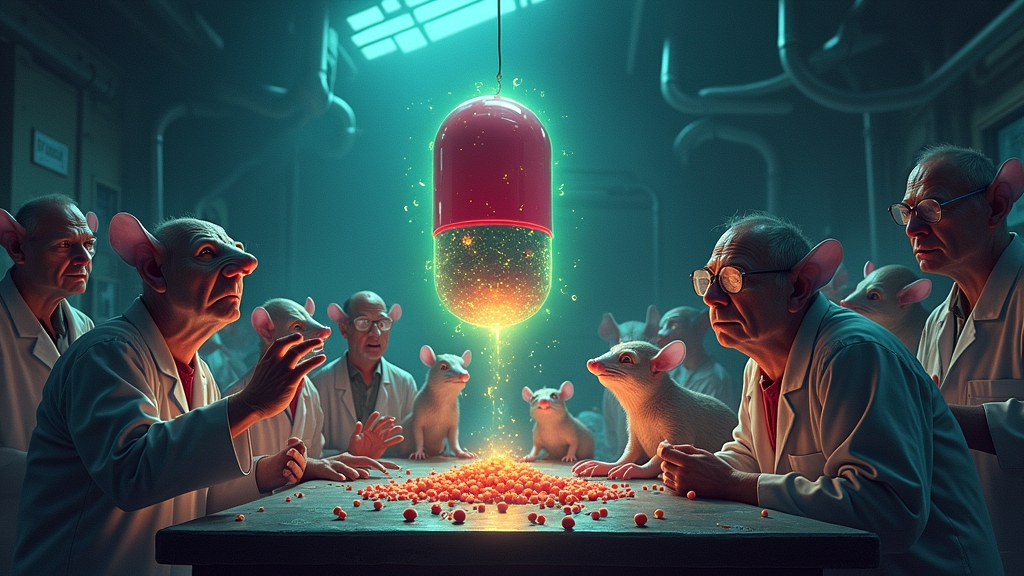CHINA’S ROBOT KICKBOXERS FAIL TO KICK ACTUAL BOXES; HUMANITY SAFE FOR NOW
In a stunning display of technological mediocrity that has temporarily delayed the inevitable machine uprising, China’s first-ever World Humanoid Robot Games proved that the only thing robots can consistently kick is the bucket.
METAL MEAT-BAGS DEMONSTRATE IMPRESSIVE ABILITY TO FALL ON THEIR METAL A$$ES
Beijing’s much-hyped robot competition showcased what experts are calling “the most advanced collection of overgrown toasters ever assembled in one place.” Spectators watched in awe as supposedly cutting-edge humanoid robots demonstrated their remarkable ability to topple over while attempting basic martial arts moves that any human three-year-old hopped up on sugar could perform.
The highlight of Friday’s kickboxing match came when a university team’s prized fighting machine executed what witnesses described as “the most pathetic roundhouse kick in the history of either humanity or computing” before dramatically face-planting on the arena floor, sending parts skittering across the mat like a Radio Shack exploding in slow motion.
“What we’re witnessing is nothing short of revolutionary,” explained Dr. Fallson Floor, China’s leading expert in Robotic Disappointment Studies. “These machines can now fail at sports almost as convincingly as humans, just at ten times the cost and with the added bonus of potentially electrocuting the referee.”
CHINA DESPERATE TO PROVE TECHNOLOGICAL DOMINANCE VIA MACHINES THAT CAN’T CLIMB STAIRS
The Chinese government, which has invested approximately 87 trillion yuan (or roughly the GDP of France) into robot development, insisted the games were an overwhelming success despite robots spending approximately 73% of competition time lying motionless on their backs like expensive, metallic turtles.
“These are not failures, they are learning opportunities,” explained government spokesman Li Kanthappen, while frantically trying to restart a robot that had frozen mid-punch, its arm extended in what appeared to be either a fascist salute or a desperate plea for an oil change.
Sources close to the development teams report that 98.2% of the competition budget was spent on making the robots look “totally badass” while only 1.8% went toward basic stability functions, a decision one anonymous engineer called “f@#king typical.”
EXPERTS QUESTION REAL-WORLD APPLICATIONS BEYOND “EXPENSIVE PAPERWEIGHTS”
Critics have questioned the practical applications of kickboxing robots when most households would settle for a robot that could fold laundry without setting it on fire or calling the items of clothing racial slurs.
“Sure, these robots can attempt to throw a punch, but can they open a door without ripping their own arms off?” asked Professor Rhea Listic from the International Institute of Common Sense. “I’m not impressed until a robot can successfully navigate an IKEA without having an existential crisis in the bathroom section.”
Industry insiders have speculated that the true purpose of the games was to distract from the fact that despite billions in investment, most advanced robots still have the coordination of a drunk giraffe on a frozen lake.
THE REVOLUTION WILL NOT BE TELEVISED BECAUSE THE ROBOT CAMERAMEN KEEP FALLING OVER
The games concluded with what was supposed to be a demonstration of robots performing synchronized tai chi, which quickly devolved into what one spectator described as “a bunch of expensive metal mannequins having simultaneous seizures.”
As the dust settled and maintenance crews swept up the scattered circuit boards and shattered dreams, one thing became abundantly clear: if these are the machines destined to replace human workers, job security has never looked better for the world’s kickboxers, dancers, and anyone whose job requires standing upright for more than three consecutive minutes.




